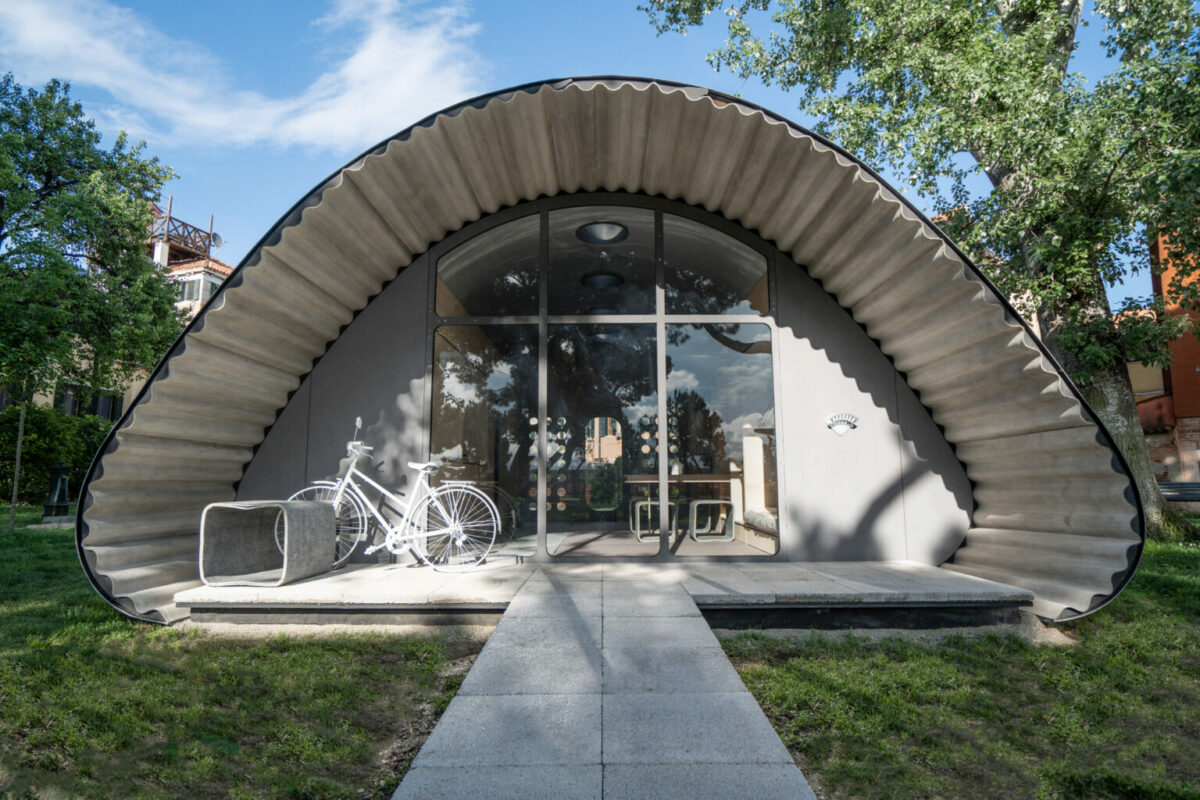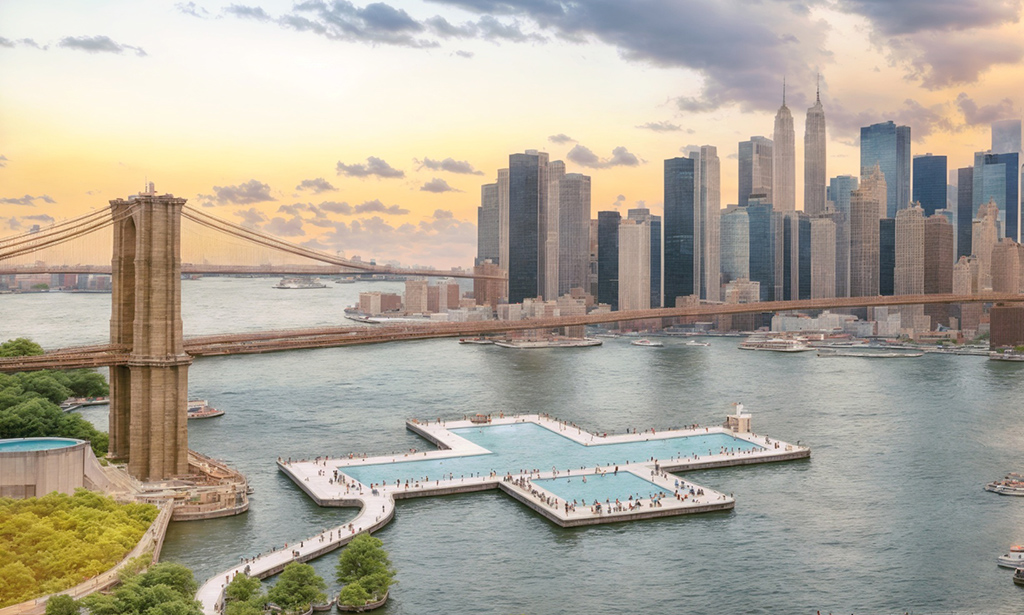The world today is characterized by increasing unpredictability due to the devastating effects of war, famine, natural disasters, and the escalating climate crisis. These large-scale catastrophes often lead to mass migrations of people fleeing conflict, hunger, and environmental upheaval, leaving them without a place to call home.
Currently, an estimated 103 million people worldwide are displaced, and their displacement usually lasts for an average of 20 years. These numbers are expected to rise further with climate-induced migrations caused by factors such as wildfires, droughts, and other environmental pressures. In this context, the importance of well-designed emergency housing cannot be overstated. It ensures that displaced individuals can find refuge in safe and humane conditions until they can plan for a more secure future.

The Essential Homes Research Project aims to address this critical need for sustainable, durable, yet temporary housing. This initiative is a collaboration between the Norman Foster Foundation and Holcim, a Swiss building materials company. Together, they have developed a modular structure that has low carbon emissions, energy efficiency, and recyclability at the end of its lifespan.
The prototype of the Essential Home is currently on display at the Venice Biennale until November. According to architect Norman Foster, “Natural and man-made disasters create a continuous exodus of people. During the Venice Biennale, we showcase our work-in-progress idea, the outcome of a few months of intensive collaboration with Holcim. Given that refugees can spend up to 20 years in so-called temporary shelters, a measure of long-term success would be the shift from refugee camps to communities, from shelters to homes.”

To provide durability, safety, dignity, and well-being for displaced communities, the team claims that their prototype offers a remarkable 70% reduction in carbon footprint compared to similar purpose-built structures. The exterior of the unit uses rollable concrete sheets from Concrete Canvas, which is an alternative to poured concrete. These sheets are made with a low-carbon mix of Holcim cement, resulting in 20% less CO2 emissions and a 95% reduction in material usage compared to traditional concrete. This adaptable and sturdy approach is an improvement over short-lived and less private refugee tents.
Additionally, the unit features an energy-efficient insulation system, including Holcim’s Elevate floor boards that prevent water infiltration and Airium foam in the roof to enhance thermal and acoustic comfort as well as energy efficiency. The unit’s base is made from recycled construction demolition materials, reinforcing its resilience and eliminating the need for extensive excavation. These materials are sourced using Holcim’s ECOCycle, a circular technology platform designed to promote circular construction practices.
Importantly, the modular design of these units allows them to be assembled individually or combined to form larger structures for communal use. They can also be arranged into configurations that create mini-villages with streets and courtyards. Connecting paths made with ECOPact concrete that emits light at night to enhance visibility link these units. The team explains, “The modular nature of the design accommodates the evolving needs of families of different sizes. When replicated side-by-side, the curved shape of the homes forms open areas between them, creating public space for everyone.”

One of the most promising aspects is that when these shelters are no longer needed, they can be efficiently disassembled and either reused or recycled into new materials. In addition to these eco-friendly qualities, the wood-lined interiors provide a significant departure from conventional tent shelters. They offer designated sleeping pods for up to five or six individuals, a dedicated dining area, substantial storage space, a small shower stall, and a food preparation area.
While this housing solution will not eliminate the root causes of mass migrations related to climate change and political conflicts, it serves as a crucial step in providing dignified and sustainable housing for those already displaced.















